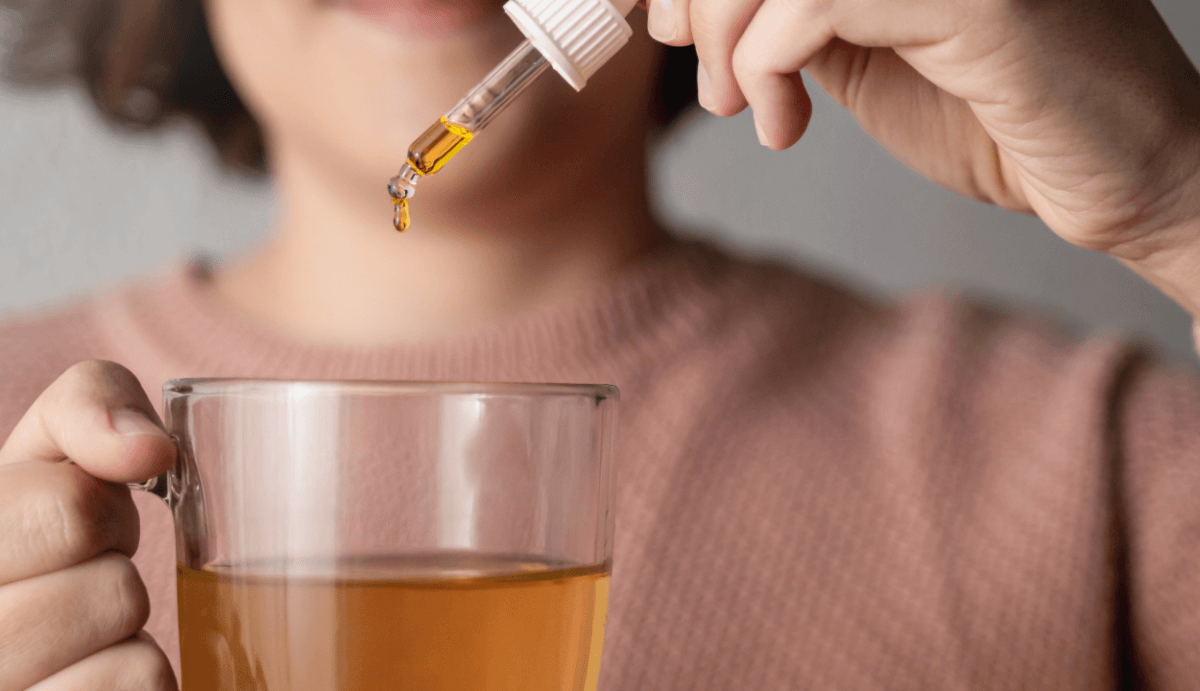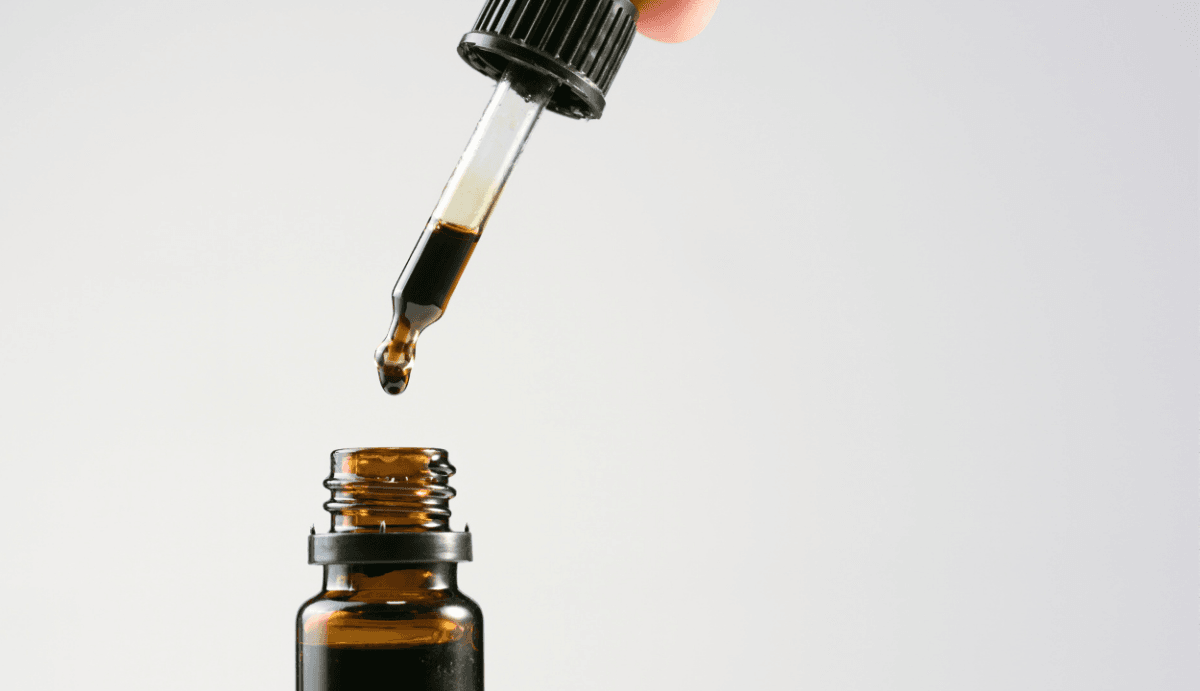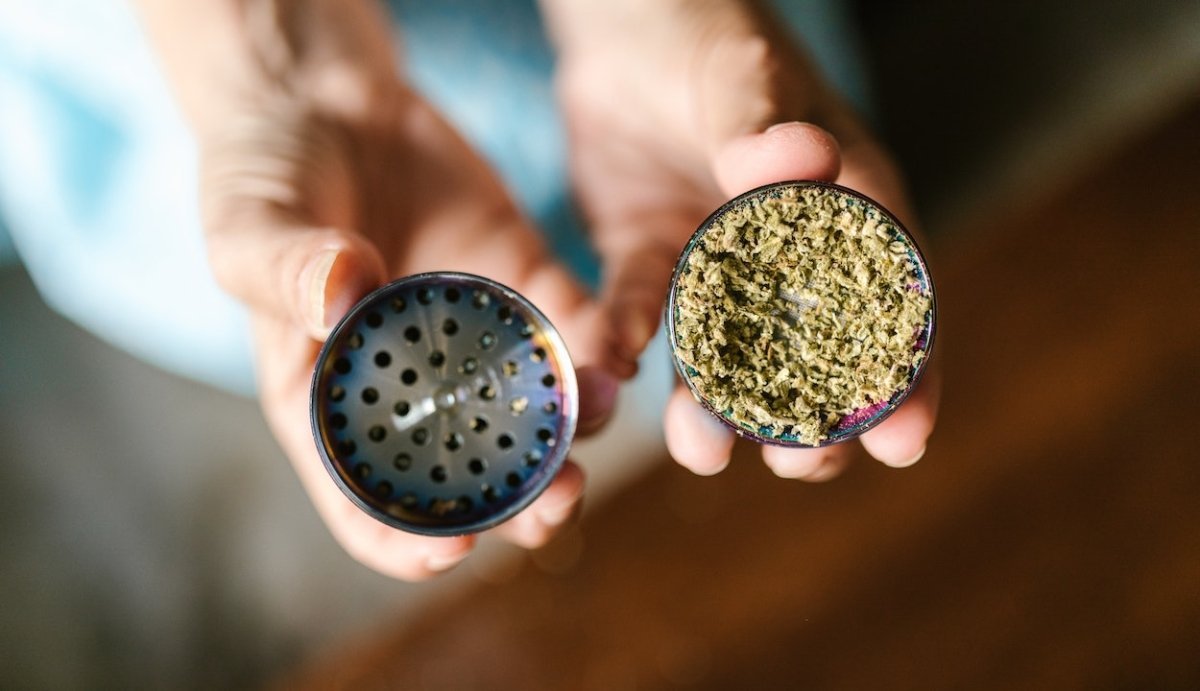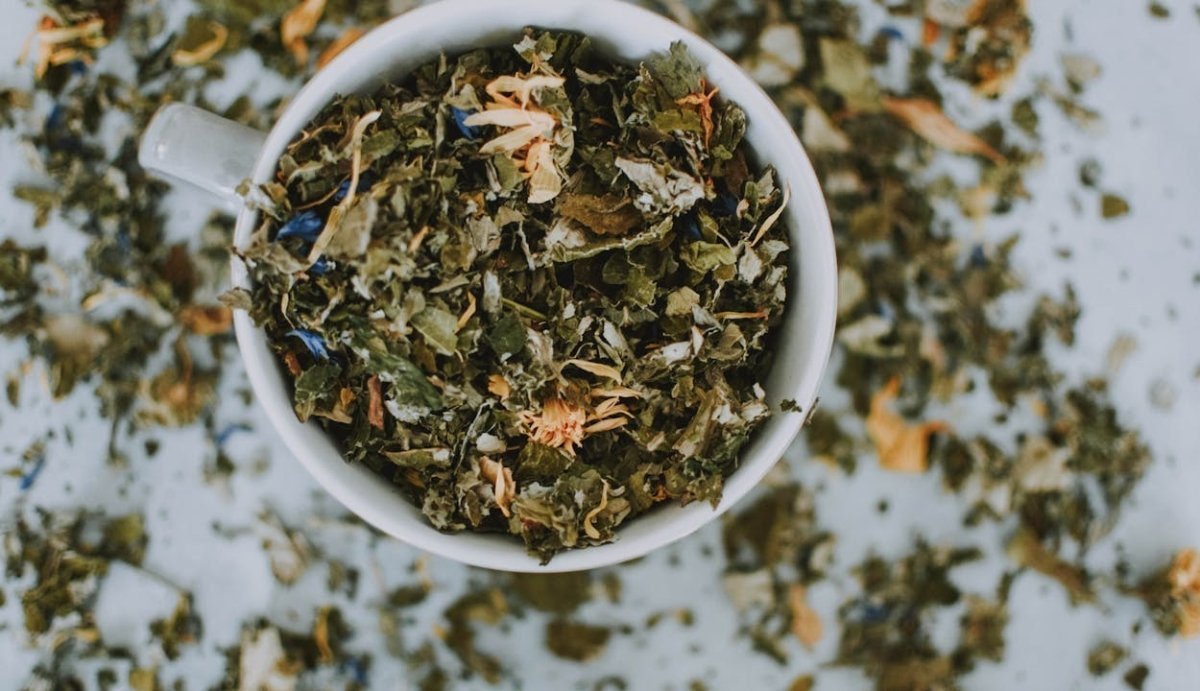Your Cart is Empty
FREE SHIPPING ON ALL ORDERS $75+
So you’re ready to try CBD, but you aren’t ready to drop money on a product that you aren’t sure you’re gonna like. What does CBD oil taste like anyways?
Is it going to be tolerable enough to easily reap the benefits of sublingual dosing, or should you just opt for a CBD gummy or softgel instead?
The answer? CBD oil doesn’t have a consistent flavor across the board. But that’s a good thing! You may be able to find a CBD oil flavor that works for you (and you can even find delicious edibles that offer the benefits of sublingual dosing, but we’ll touch more on that below).
Table of ContentsIt’s hard to describe what CBD oil tastes like since all CBD oil is made differently. Different manufacturers use different hemp strains, extraction techniques, flavor additives, and other varying methods that totally change the flavor of their final product.
At its core, though, CBD oil usually has a natural, hempy flavor that many people describe as nutty. If a product isn’t well-refined, it may also retain a lot of chlorophyll and other plant materials that give it a grassy, herbal flavor.
When CBD oil is very well refined, the flavor of the other ingredients shines through. That means it will taste less like hemp, but may have a taste that’s built by sweeteners, flavor additives, and possibly added terpenes (the compounds that naturally give hemp their fragrance and flavor).

We mentioned that all CBD products taste different, but the difference between the flavor of full spectrum CBD and CBD isolate is significant.
Full spectrum products are often more "full flavored" and natural tasting, while CBD isolate usually has no hemp taste at all.
That's because full spectrum CBD usually contains a combination of CBD and other cannabinoids (like THC, CBG, and CBN) and terpenes. Full spectrum CBD also sometimes has a natural carrier oil derived from hemp, which can taste hempy.
The goal of full spectrum products is to offer CBD in a form that's closest to the way it appears in natural hemp material, which many people believe also offers increased therapeutic benefits (a phenomenon called the "entourage effect").
Alternately, CBD isolate is usually pure CBD and a carrier oil. CBD doesn't actually have a flavor on its own. It can, of course, still contain terpenes and additives to alter it's flavor, but the base flavor is generally light or non-existent.
In all of this, you're probably seeing a consistent trend: Terpenes greatly affect the flavor of CBD oil. Let's dive in:

Terpenes are everything when it comes to the flavor of hemp products. Terpenes are, at their core, the aromatic compounds responsible for the fragrance of hemp (as well as almost all other plants).
For instance, lemons contain a high concentration of limonene, a citrus terpene found in many Sativa-dominant hemp strains. Pine needles are rich with pinene, the evergreen-scented terpene that makes cannabis smell fresh and crisp.
In addition to changing the way that hemp products taste, terpenes also have their own therapeutic benefits (which you can learn more about in our article titled "What are Terpenes?")
Because terpenes are versatile and beneficial, they're often added to CBD oil products after the refinement process (where some terpenes may be removed in the name of purity and potency). This allows manufacturers to precisely alter the flavor profile and targeted benefits of a particular CBD oil product.
Flavor additives and sweeteners may also be added to a product alongside or in the place of natural hemp terpenes to change the flavor.
The process is pretty basic and comparable to the way that all other products get their flavor, like candy and flavored beverages, so we won’t go into much detail. Think of the artificial and natural flavor additives that make orange soda taste like oranges or cherry lollipops taste like cherries.
Added sweeteners can also be natural or artificial. Additives like cane sugar, corn syrup, agave, stevia, aspartame, and others can be used to help give CBD oil a sweeter taste.
If you choose a CBD oil that already tastes great, you won’t need to mask the flavor. Our Tangerine Vitality CBD Oil Tincture may be a suitable option (but we also have a natural flavor Tincture that’s smooth and mild.)
If you still aren’t convinced that you’ll just love the flavor of a CBD oil tincture, you can also consider ways to mask the flavor of the oil. Some ideas may be to add the oil to something you enjoy, like peanut butter, coffee, or a spoonful of yogurt.
Of course, sublingual doses are meant to be placed under the tongue so that they can be absorbed by the mucous membranes in the mouth. This dosing method allows CBD to be absorbed quickly and may even increase the bioavailability of CBD, or the amount that is actually absorbed by the body.
Adding the dose to a food or beverage will negate these effects and it will instead be digested like any other CBD edible. It’s still an effective way to take CBD, but it may take longer to take effect.

Okay, okay. Edibles aren’t actually sublingual in the same way that a CBD oil is sublingual, meaning you don’t just drop them under your tongue for instant delivery. But there are edibles that are designed to melt in your mouth slowly so that CBD can be absorbed through the mouth’s mucous membranes.
These types of edibles mask the flavor of CBD while still offering a fast-acting, highly-bioavailable dose. We have a couple dosing options that fit the bill, like our tangy CBD chews or our CBD lollipops that come in either raspberry or tangerine flavor.
In short, the flavor of CBD oil depends on how it’s made. For instance, pure CBD oil has a lighter flavor, while full-spectrum CBD oil may have a more natural, hempy taste. Other additives, like flavorings and sweeteners, can impact the flavor of a CBD oil tincture.
If you prefer a tasty dosing option with little to no hempy aftertaste, we recommend checking out the CBD edibles in our CBD collection.
Comments will be approved before showing up.



